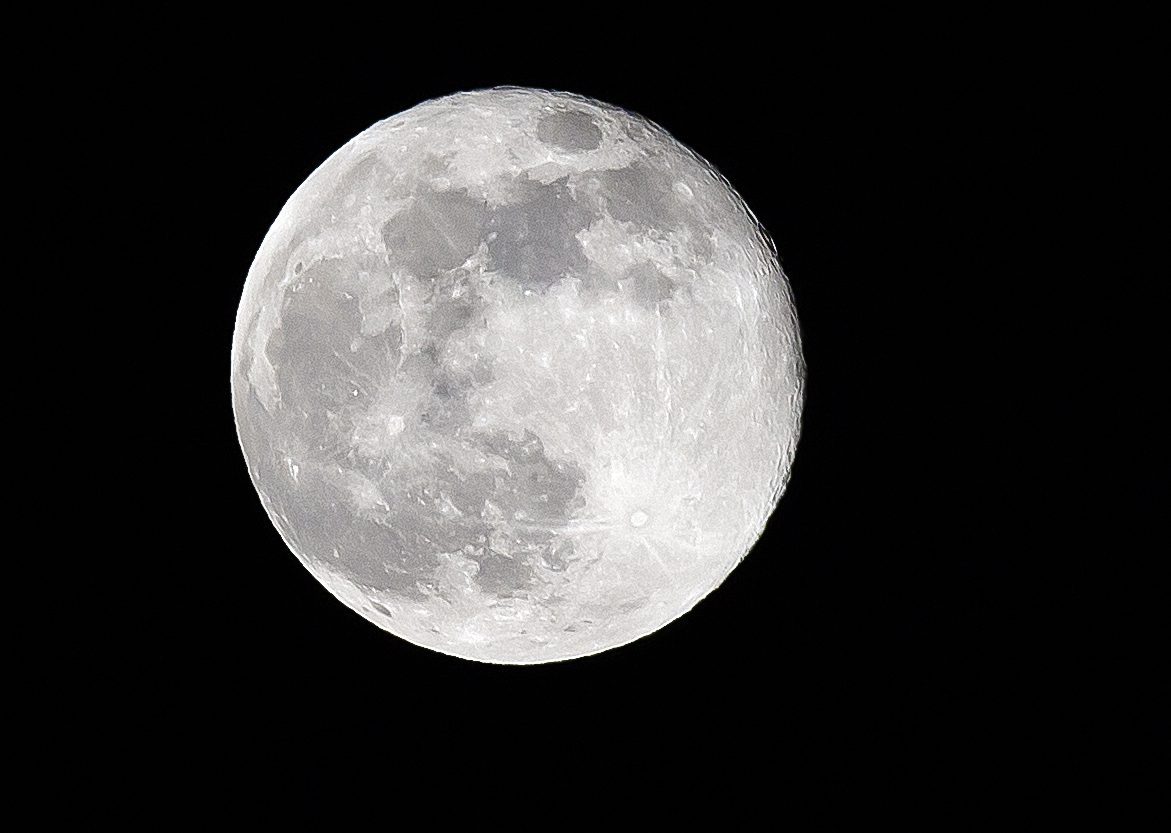An out-of-control booster from a SpaceX rocket has been drifting through space for seven years, and astronomers say it’s now on a collision course with the moon.

The booster was originally launched from Florida’s Cape Canaveral in February 2015 as part of the Falcon 9 interplanetary mission.
The booster, also known as the second stage, was left derelict and on a shaky orbit after propelling the National Oceanic and Atmospheric Administration’s Deep Space Climate Observatory far into space to help monitor space weather.
Here, it was left in a kind of purgatory, where it was too far from Earth to tumble back down, but not far enough to escape the gravitational pull of the Earth-moon system.
Bill Gray of space blog projectpluto.com first reported the upcoming crash, and said he believes it’s “the first unintentional case” of space junk colliding with the moon.
Gray, along with other space observers, believes the booster, which weighs approximately four metric tons, will strike the far side of the moon near its equator at 2.58 kilometres per second on March 4.
Unlike Earth, the moon doesn’t have a thick atmosphere to help break up foreign objects, so the booster is expected to slam into the surface and add another mark to the moon’s already heavily cratered crust.
Astronomers, including Harvard University’s own Jonathan McDowell, say that there’s nothing to worry about — this won’t destroy the moon or really cause much damage.
Even still, it’s tough to predict exactly what will happen and where the booster will hit as there are many extraneous factors like sunlight “pushing” on the rocket and “ambiguity in measuring rotation periods,” which may slightly alter its orbit, according to Gray.
Because it looks like the booster will hit the far side of the moon, it will more than likely not be visible to the naked eye (or with a telescope) from Earth. Additionally, the collision is projected to take place a few days after the new moon, which means the majority of the moon will be obscured from vision anyway.
Interestingly, while this may be the first instance of space junk hitting the moon, it’s not the first time a human-made device has collided with it; NASA launched a rocket at the moon in 2009 — on purpose — in order to detect what would emerge upon impact.
The LCROSS (Lunar Crater Observation and Sensing Satellite) mission and collision, which was not visible from Earth, helped confirm that there is water on the moon.
Many space experts and enthusiasts are excited for the upcoming crash, as it could also inadvertently provide further information about our satellite neighbour.
As of this writing, SpaceX and NASA have not publicly commented on the impending collision.
- U.S. tourist faces 12-year sentence for bringing ammo to Turks and Caicos
- Canada refused to repatriate woman from ISIS camp because she can’t be arrested: internal memo
- Aw, rats: Chicago’s beloved ‘Rat Hole’ removed from sidewalk
- Tabloid publisher tells trial he bought, squashed stories damaging to Trump




Comments